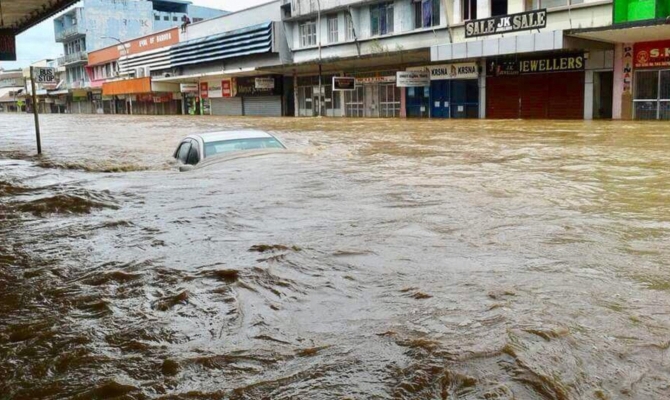Pacific communities are advised to prepare for the potential impacts of an El Niño, with the latest El Niño-Southern Oscillation (ENSO) Outlook shifting from El Niño Watch to El Niño Alert.
The alert means there is approximately a 70 percent chance of El Niño forming in 2023, roughly three times the normal chance of an El Niño. El Niño is a naturally occurring climate pattern associated with warming of the ocean surface temperatures in the central and eastern tropical Pacific Ocean. It occurs on average every two to seven years, and episodes usually last nine to 12 months or more.
The Secretariat of the Pacific Regional Environment Programme’s (SPREP) COSPPac Climatologist, Philip Malsale, said Pacific countries must take heed of the alert and ensure they access the correct information and warnings from their National Meteorological Services (NMS) to ensure we don’t create panic in our communities and maintain the integrity of the National Met Services.
“El Niño impacts countries differently and some countries will feel the impact more than others, especially during the dry season and for those countries affected by cyclones recently,” said Malsale.
“For the Pacific region, we expect above normal rainfall for Nauru, Kiribati, Tuvalu, northern Cook Islands and northern French Polynesia. We, however, expect below normal rainfall, or in some cases drought, in parts of Papua New Guinea, Palau, Solomon Islands, Vanuatu, New Caledonia, Fiji, Tonga, Samoa and Niue.”
The Pacific is just coming out of a triple-dip La Niña event, whereby La Niña was declared in 2020, 2021 and 2022. La Niña is the name given to the phenomenon where the trade winds become stronger, enhancing the warm pool in the western Pacific and causing the sea surface temperatures in the Central and Eastern Pacific to become cooler with above normal rainfall in the west compared to eastern Pacific.
El Niño is characterised by reduced easterly trade winds and warmer sea surface temperatures around the equatorial Pacific. SPREP’s Meteorology and Climatology Adviser, Salesa Nihmei, said while there is no need for Pacific communities to panic, they should remain alert.
“People can best prepare for such an event by taking the advice from from their National Meteorological Services seriously and start organising their National Climate Outlook Forum to discuss what to do before, during and after an El Niño event. El Niño does bring risks to the community, and it is very important that people are aware and know the risks associated with this climate extreme event,” he said.
“The impacts can be slow and begin with meteorological drought, then agricultural drought, hydrological drought then socioeconomic drought. This is the impact we need to prepare our communities against.”
El Niño is the warm phase of the El Niño–Southern Oscillation (ENSO), where the climate is often drier than usual in western Pacific during the dry season. ENSO describes a naturally occurring cycle in the climate system, including the location of warmer or cooler than average sea surface temperatures in the central and eastern tropical Pacific Ocean, and its connection with the trade winds and patterns in the atmosphere.
SOURCE: SPREP/PACNEWS














